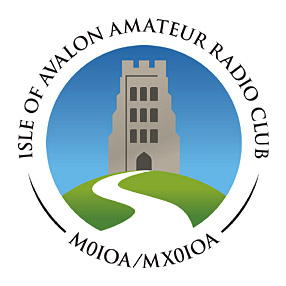Celebrating the Summer Solstice with Amateur Radio on the International Space Station - SSTV
This is about receiving pictures in Glastonbury from the International Space Station using slow scan TV (SSTV).
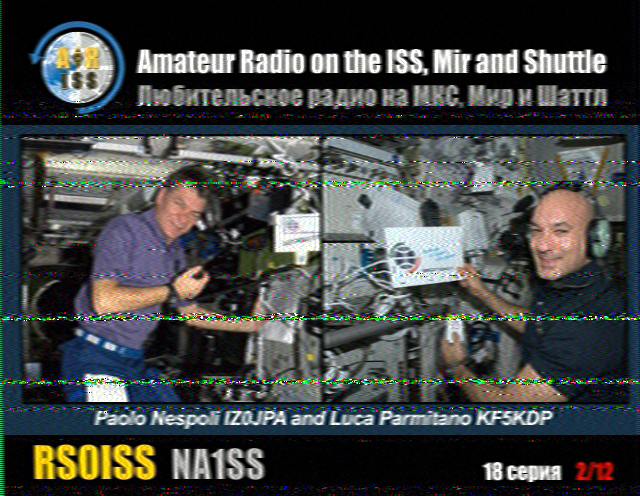
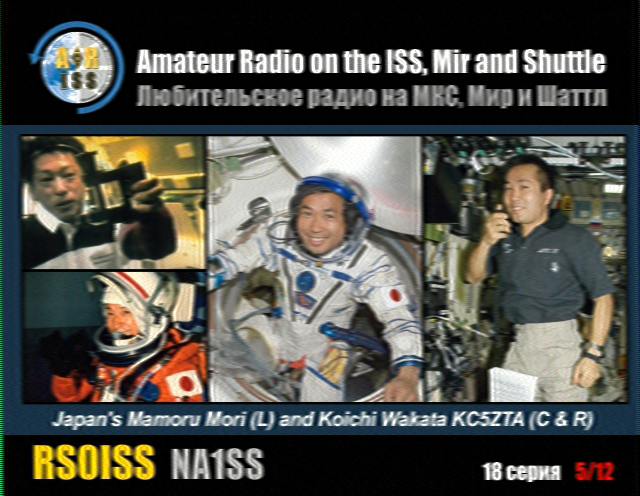
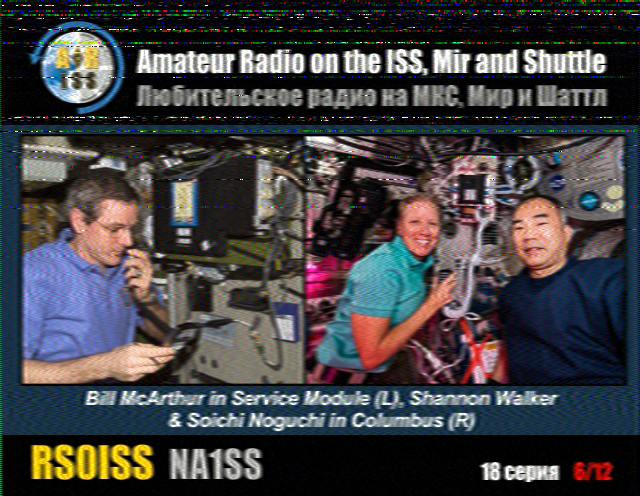
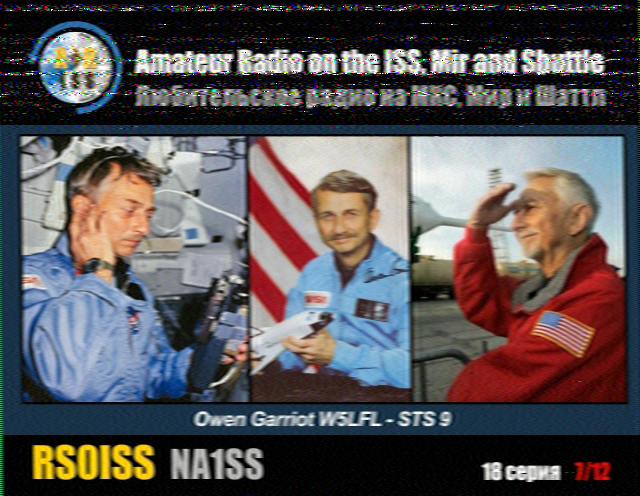
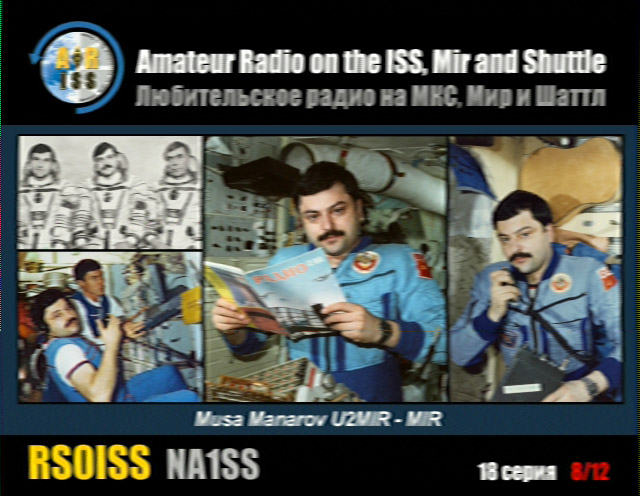
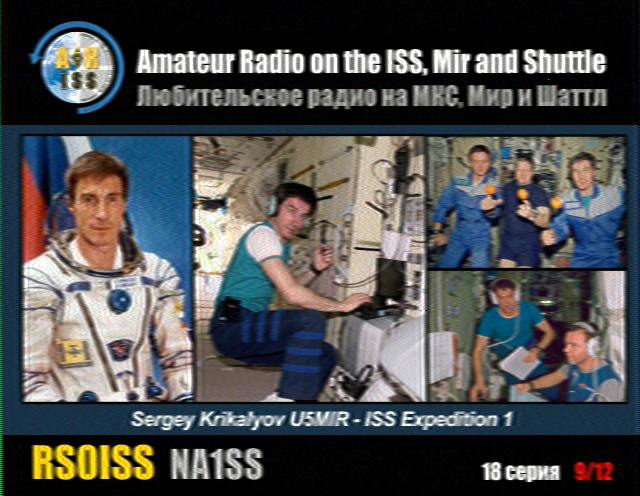
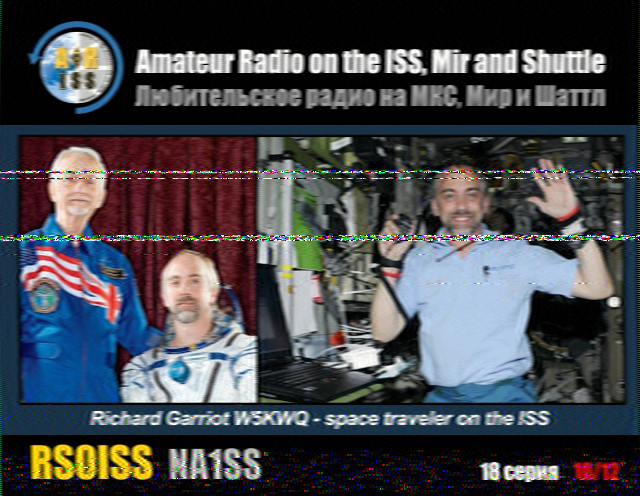
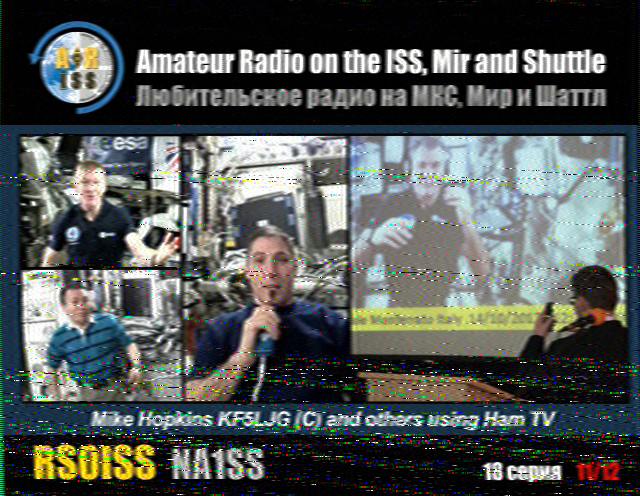
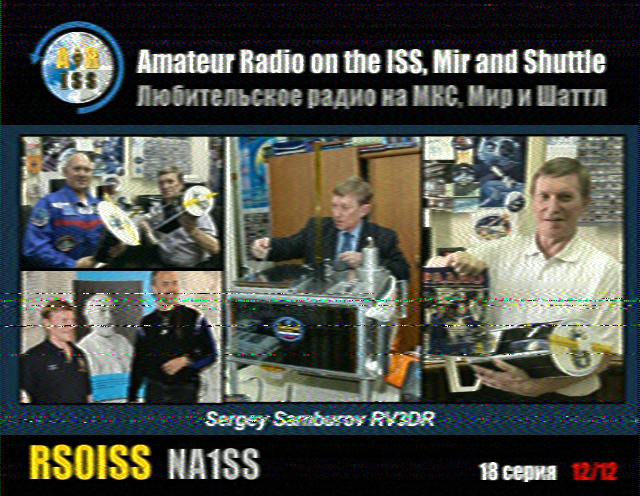
There is an activity period from the Summer Solstice to the 26th June which passed over Glastonbury on the Summer Solstice at 12:43 UTC and 14:24 UTC.

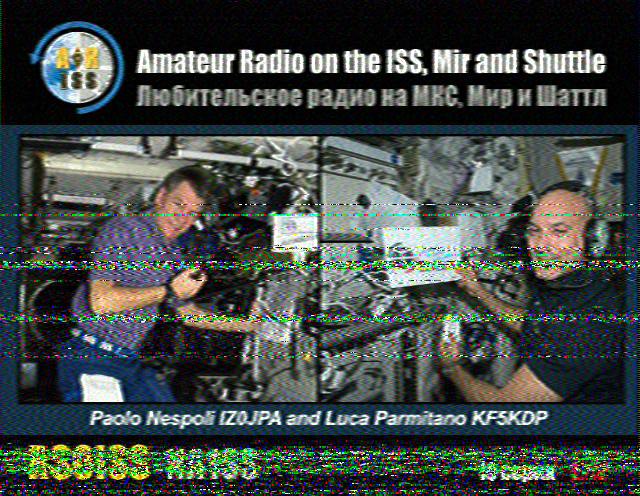
I got better results from the second pass, even though it was passing over Spain and the signal was at a range of 1500km - not bad for FM DX, when you have a decent line of sight ;) The frequency was 145.8 MHz FM 25kHz spacing, the ISS is putting out about 25W. My antenna was a Diamond X510 into a Yaesu FT2900, the audio output was recorded with a Raspberry Pi 3 and an audioinjector hat taking the speaker output padded down 12dB into line in.
First picture (later pass, 13:24 UTC)
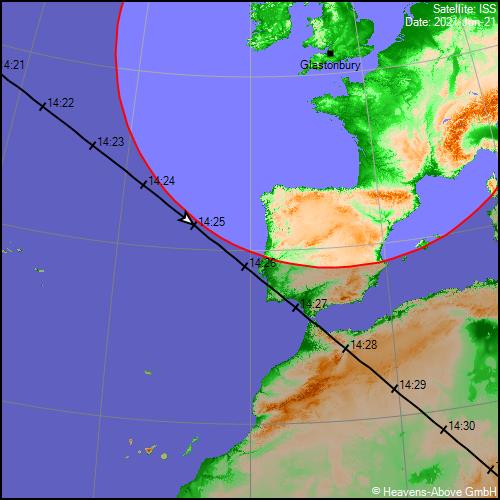
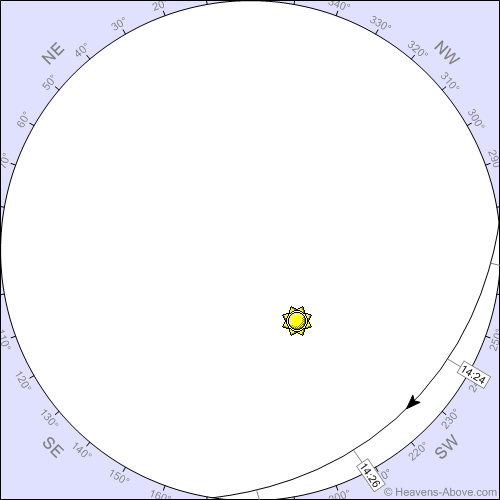
Date: 21 June 2021 Orbit: 417 x 422 km, 51.6° (Epoch: 20 June)
| Event | Time | Altitude | Azimuth | Distance (km) | Brightness | Sun altitude |
|---|---|---|---|---|---|---|
| Event | Time | Altitude | Azimuth | Distance (km) | Brightness | Sun altitude |
| Rises | 14:20:41 | 0° | 277° (W) | 2,363 | 0.2 | 59.3° |
| Maximum altitude | 14:24:58 | 10° | 225° (SW) | 1,492 | -0.3 | 59.0° |
| Drops below altitude 10° | 14:25:04 | 10° | 223° (SW) | 1,493 | -0.3 | 59.0° |
| Sets | 14:29:15 | 0° | 172° (S) | 2,348 | 0.4 | 58.6° |
Audio sample
This is the audio. I need to set the sample rate to 11030Hz (rather than the default 11025Hz) to fix the slant.
It’s not totally clear to me why the signal from the closer pass is poorer. The directivity of the Diamond X510 which is a big collinear discriminates against signals overhead significantly.
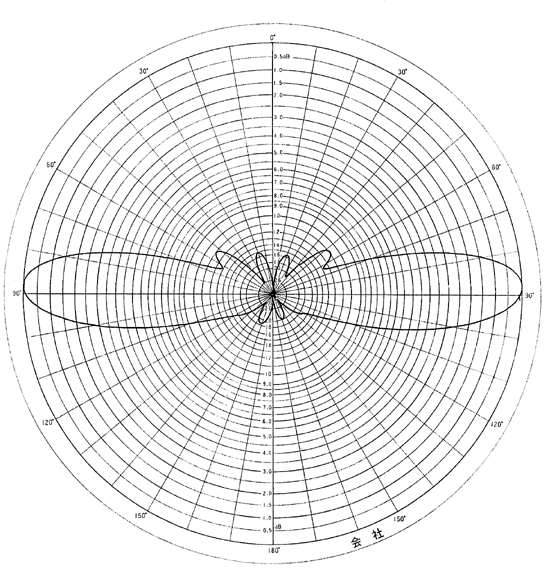
If you squint at the 12:40 UTC icture you can almost imagine the central noise band as the overhead null and the smaller noise bands either side as the other nulls. Perhaps I should rig a small mobile vertical or a folded dipole for the closer passes.
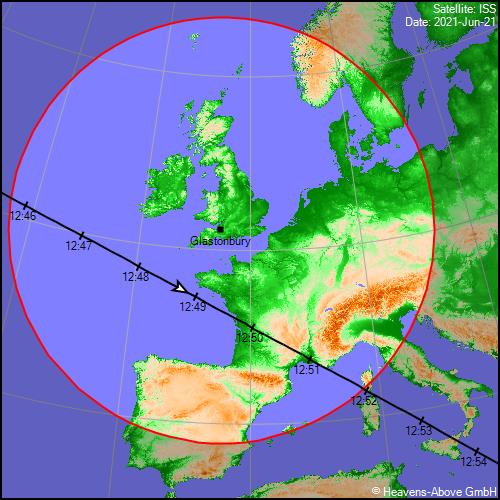
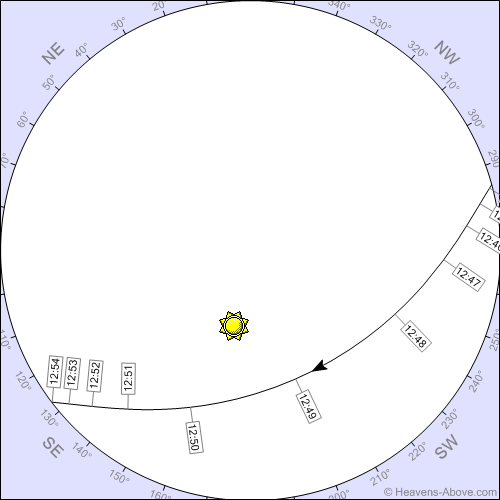
Date: 21 June 2021 Orbit: 417 x 422 km, 51.6° (Epoch: 20 June)
| Event | Time | Altitude | Azimuth | Distance (km) | Brightness | Sun altitude |
|---|---|---|---|---|---|---|
| Rises | 12:43:31 | 0° | 285° (WNW) | 2,365 | -0.1 | 61.7° |
| Reaches altitude 10° | 12:45:40 | 10° | 278° (W) | 1,499 | -0.9 | 61.8° |
| Maximum altitude | 12:48:51 | 41° | 207° (SSW) | 617 | -1.7 | 61.9° |
| Drops below altitude 10° | 12:52:02 | 10° | 135° (SE) | 1,492 | -0.4 | 62.0° |
| Sets | 12:54:11 | 0° | 128° (SE) | 2,353 | 0.3 | 62.1° |
Software used
Guidance
Receiving something from the ISS is not hard, though I found it difficult to achieve an interference-free image. This is all part of the for the purpose of self-training in radio communications, including conducting technical investigations reason 1 why we do this. You can probably download the images from NASA, but there is a certain satisfaction in catching the image from space 400-1200km away. I decided to give it a go Sunday night and was receiving Monday morning. Set the rig to 145.800 MHz 25kHz spacing (Wide) if you can and hit it. You will make life easier for yourself if you record the signal and play it into MMSSTV. Tiresomely, MMSSTV can’t take in a file, I put the recorded file on a handheld digital recorder and played it into the line level sound card input. You can use other tricks like virtual audio cable, but the gonzo hardware solution is easy. Signal to noise ratios with ham radio aren’t high enough for the D-A - A-D conversions to impair the signal.
ARISS-SSTV Schedules and background
Heavens Above Track the ISS among other things. Glastonbury is about 51.1563°N, 2.7136°W Note: Untick the box saying visible only. You aren’t bothered about seeing the ISS, which demands you are in darkness and the Sun and ISS are at a specific angle. You can hear it fine in broad daylight - on this group of days all the passes are in the morning/early afternoon local time. You haven’t got a hope of seeing the ISS visually in this period, and that’s just fine.
-
e.g. Ofcom Licensing Terms p23 ↩
